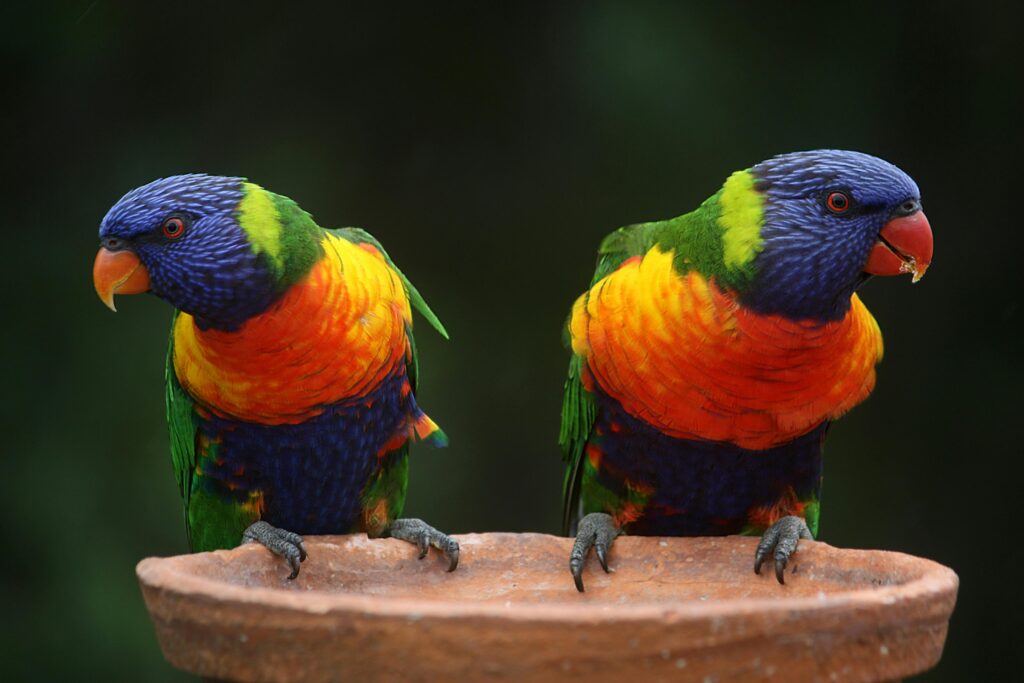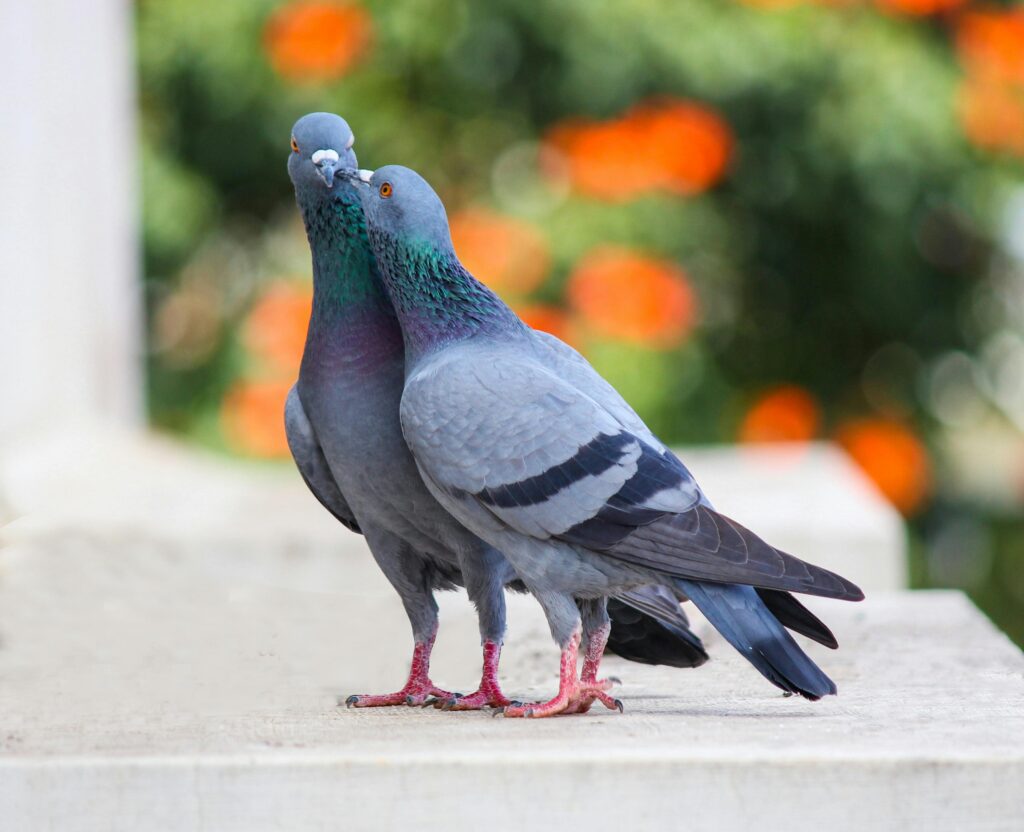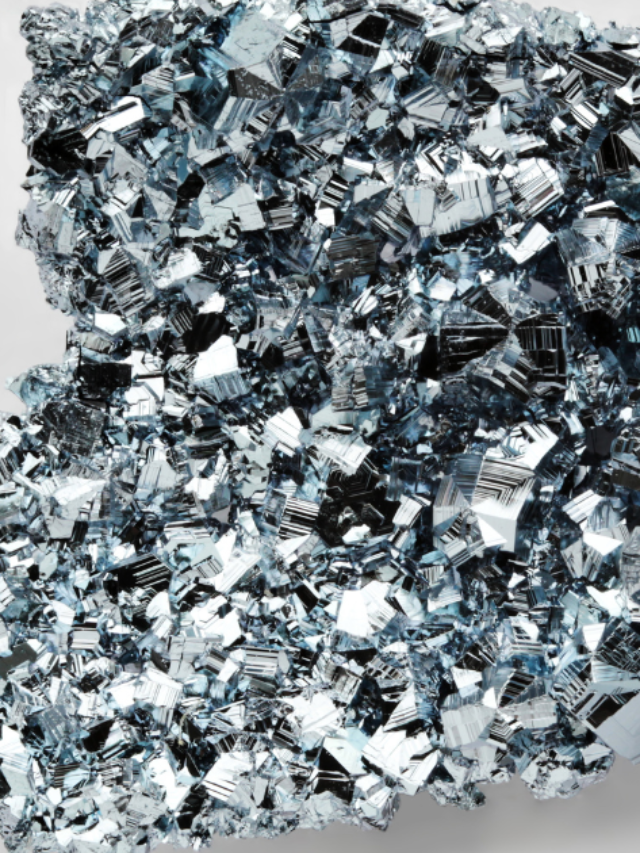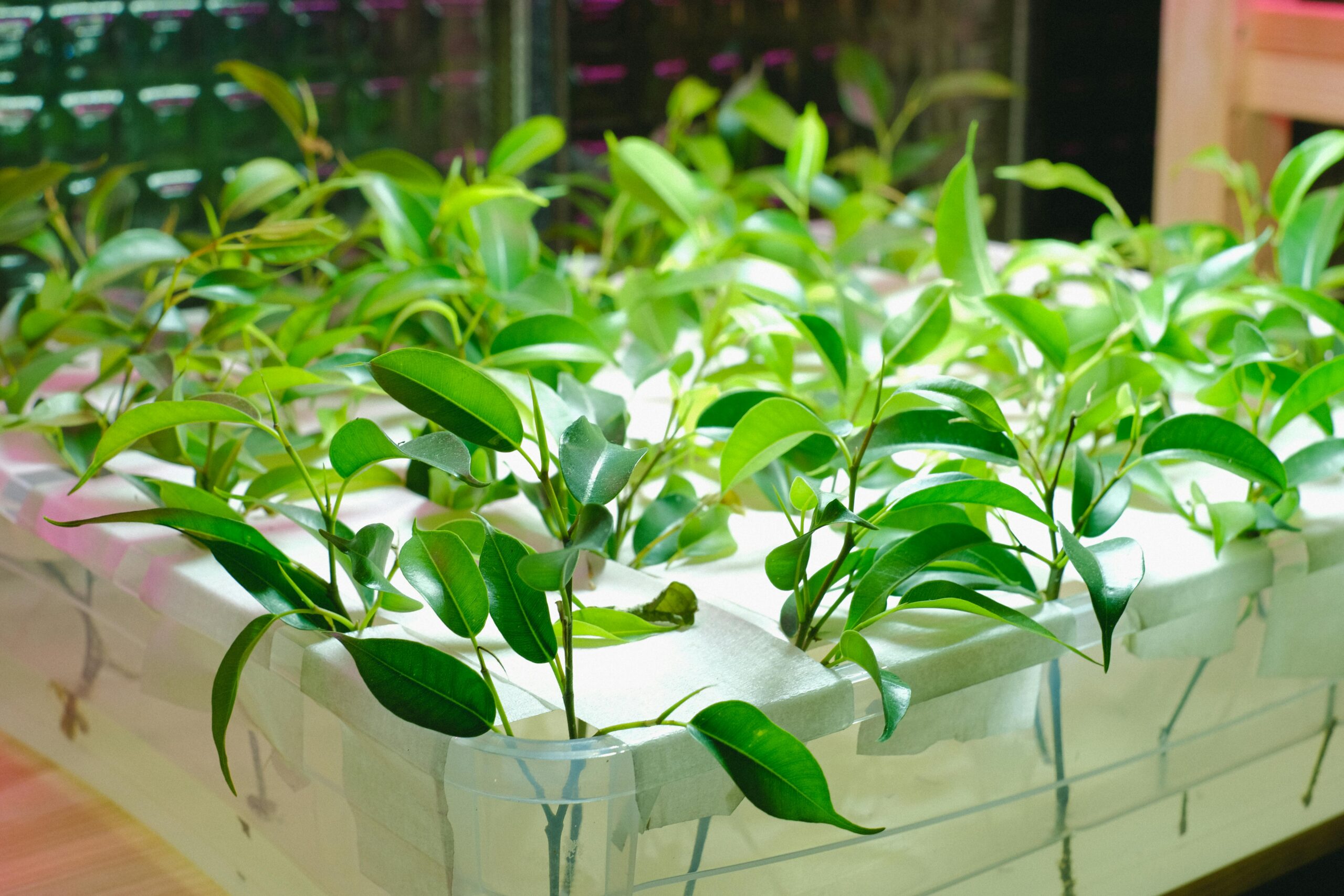How animals shape planet in surprised Way Animals play a more significant role in shaping the Earth than most people realize. While humans often take center stage when it comes to environmental change, animals—big and small—have been quietly sculpting ecosystems for millions of years. From engineering habitats to influencing climate and geology, animals contribute to the delicate balance that keeps our planet thriving. Let’s dive into the surprising ways animals shape the world around us.
Introduction

When we think of the forces that shape the planet, we often imagine earthquakes, volcanic eruptions, and weather patterns. But have you ever considered how animals, both large and small, influence the Earth’s landscape, atmosphere, and ecosystems? Animals play an integral role in maintaining balance, fostering biodiversity, and even regulating climate patterns. From tiny insects to massive whales, animals leave a lasting impact on the environment in surprising and profound ways.
Earth Movers – How Animals Shape Landscapes

Beavers: Nature’s Architects
Beavers are known for their incredible ability to alter ecosystems. By building dams across rivers and streams, beavers create wetlands that support diverse plant and animal life. These wetlands act as natural filters, improving water quality and providing a home for countless species. Additionally, beaver ponds help regulate water flow, reducing the risk of downstream flooding.
Elephants: The Forest Gardeners

Elephants are often called “ecosystem engineers” because they shape their habitats through their feeding habits. As elephants forage, they clear thick vegetation, creating open grasslands and preventing overgrowth. Their droppings disperse seeds across vast areas, promoting the growth of new plants and contributing to the biodiversity of forests and savannas.
Prairie Dogs: Soil Engineers

Prairie dogs, despite their small size, have a big impact on their surroundings. Their burrowing activity aerates the soil, allowing water and nutrients to penetrate deeper layers. This process not only improves soil fertility but also creates a network of tunnels that serve as homes for other species.
Climate Regulators – Influencing the Planet’s Atmosphere
Whales and Carbon Sequestration

Whales play a surprising role in reducing carbon dioxide levels. Their bodies store vast amounts of carbon, which is released back into the ocean when they die. When whale carcasses sink to the ocean floor, they effectively trap carbon, preventing it from re-entering the atmosphere.
Termites and Soil Carbon Storage
Termites, often viewed as pests, actually play a critical role in maintaining soil health. Their mounds facilitate the decomposition of organic matter, enriching the soil with carbon and essential nutrients. This process helps regulate the release of greenhouse gases like carbon dioxide and methane.
Marine Architects – Shaping Ocean Ecosystems
Coral Reefs: Biodiversity Hotspots

Coral reefs, built by tiny coral polyps, provide a safe haven for nearly 25% of marine species. These vibrant underwater structures not only sustain marine biodiversity but also protect coastlines from erosion by buffering wave energy. Without coral reefs, many marine ecosystems would collapse.
Sea Otters and Kelp Forests
Sea otters are crucial for maintaining the health of kelp forests. By feeding on sea urchins, which can devastate kelp populations, sea otters prevent overgrazing and ensure the survival of these vital underwater ecosystems.
Pollinators and Seed Dispersers – Guardians of Plant Life
Bees: Vital for Global Food Supply
Bees are responsible for pollinating approximately 75% of the crops consumed by humans. Without bees, the global food supply would face severe shortages, leading to economic and ecological disaster. Beyond agriculture, bees also pollinate wild plants that support diverse animal life.
Birds and Seed Dispersal

Birds play a key role in regenerating forests by dispersing seeds. When birds consume fruits and deposit seeds through their droppings, they ensure the growth of new plants in different locations. This natural process sustains forest ecosystems and promotes biodiversity.
Animal Geologists – Influencing the Planet’s Geology
Earthworms and Soil Formation

Earthworms may be small, but their contribution to soil health is monumental. By breaking down organic matter and enriching the soil, they enhance its fertility and promote plant growth. Their burrowing activities also improve soil aeration and water retention.
READ MORE:Renewable Energy Challenges in Australia
Coral Reefs and Limestone Creation
Over millennia, coral reefs contribute to the formation of limestone, a key geological material. The accumulation of calcium carbonate from coral skeletons eventually forms vast limestone structures, shaping coastlines and influencing the geology of marine environments.
Disease Regulators – Balancing Ecosystem Health
Bats as Pest Controllers
Bats act as natural pest controllers by feeding on insects that could otherwise damage crops and spread diseases. By keeping insect populations in check, bats contribute to both agricultural success and public health.
Vultures and Waste Management
Vultures play a vital role in waste management by consuming carrion and preventing the spread of disease. Without vultures, decaying animal matter would become a breeding ground for harmful pathogens, posing a threat to human and animal health.
Animal Migrations – Connecting Ecosystems Across Continents
Wildebeest and Grassland Health

The great migration of wildebeest across the African savannas is not just a breathtaking spectacle—it’s also essential for maintaining the health of grasslands. Their movement prevents overgrazing and ensures nutrient distribution across vast areas.
Salmon: Ecosystem Nourishers
Salmon, which migrate from freshwater to the ocean and back, transport nutrients from the sea to inland ecosystems. Their nutrient-rich carcasses fertilize the surrounding soil and sustain a variety of wildlife.
Ecosystem Stabilizers – Preventing Imbalances
Wolves and the Trophic Cascade Effect
Wolves regulate prey populations, preventing overgrazing and allowing vegetation to flourish. Their presence in an ecosystem triggers a trophic cascade that benefits multiple species and restores ecological balance.
Sharks and Marine Balance
Sharks play a critical role in maintaining the balance of marine ecosystems by keeping fish populations in check. Without sharks, the delicate balance of ocean life could collapse, leading to widespread ecological consequences.
Conclusion
Animals, often underestimated in their influence, are crucial architects of our planet. From shaping landscapes and regulating climate to supporting biodiversity and maintaining ecosystem balance, animals contribute far more than we might imagine. Protecting these remarkable creatures and preserving their habitats is essential for the health of the Earth. If we wish to safeguard our planet’s future, we must recognize and appreciate the profound ways in which animals shape the world we call home.
FAQs
1. How do beavers contribute to water ecosystems?
Beavers create wetlands by building dams, which provide habitats for various species and regulate water flow, preventing floods and improving water quality.
2. What is the impact of whales on the Earth’s climate?
Whales sequester carbon in their bodies, reducing the amount of carbon dioxide in the atmosphere. When they die and sink, they trap carbon on the ocean floor.
3. Why are coral reefs considered biodiversity hotspots?
Coral reefs support nearly 25% of marine species, offering shelter, food, and breeding grounds, making them essential for marine biodiversity.
4. How do earthworms improve soil fertility?
Earthworms break down organic matter, aerate the soil, and enhance nutrient absorption, promoting healthy plant growth.
5. What happens if key species like sharks disappear?
The loss of sharks would disrupt marine ecosystems, leading to imbalances in fish populations and the collapse of entire food webs.











